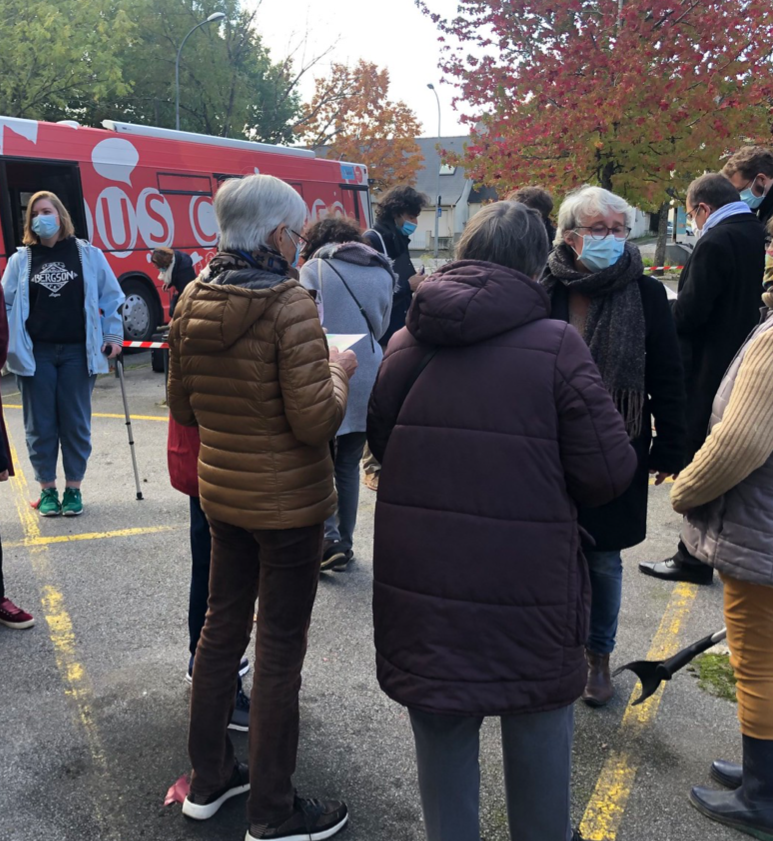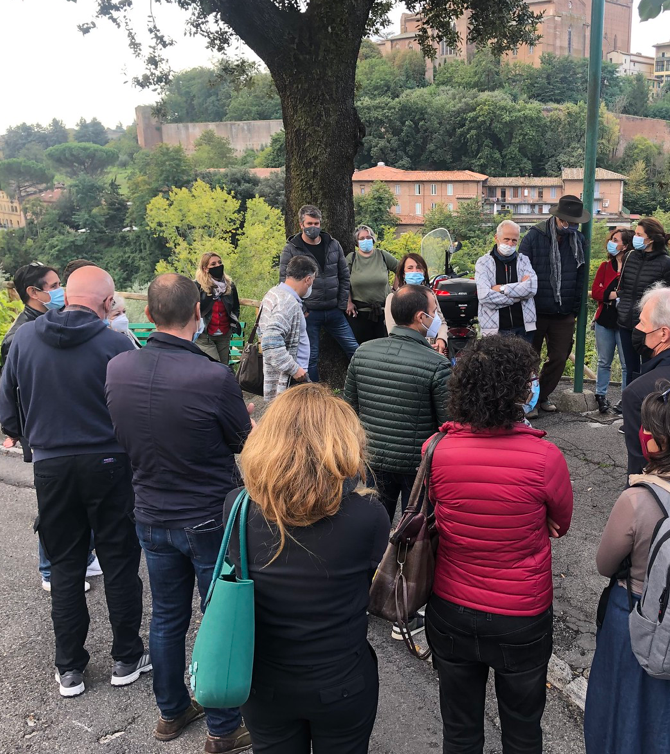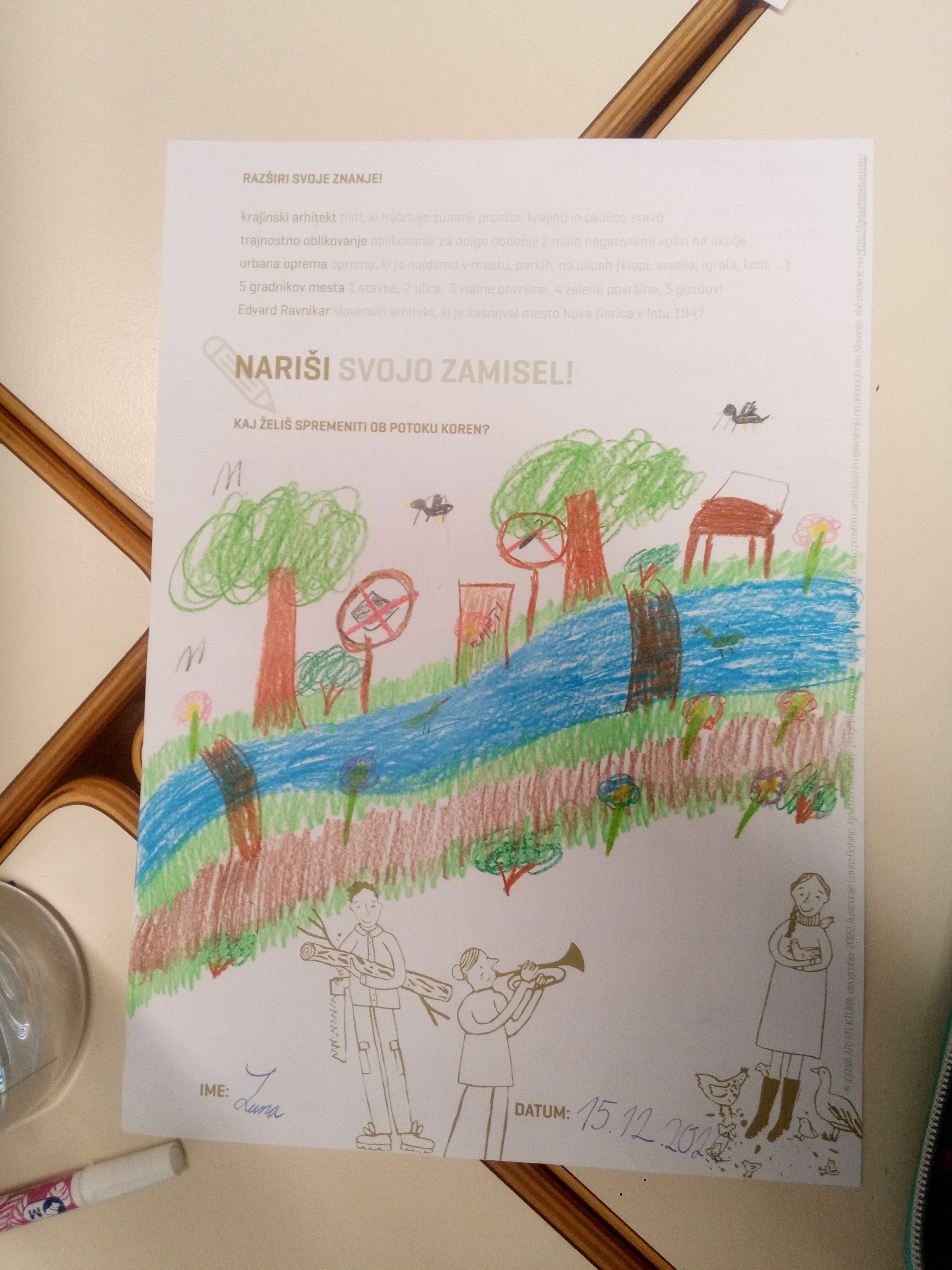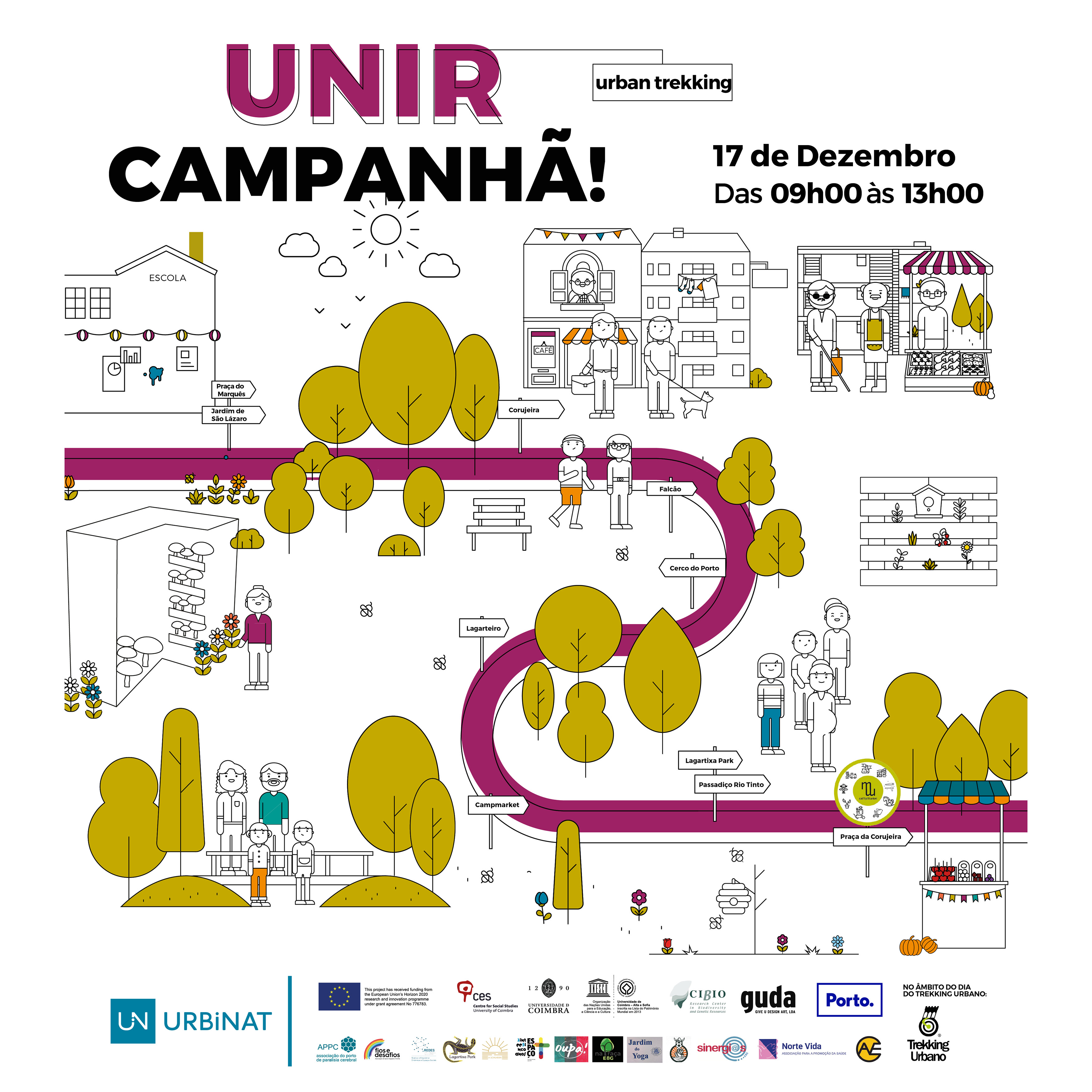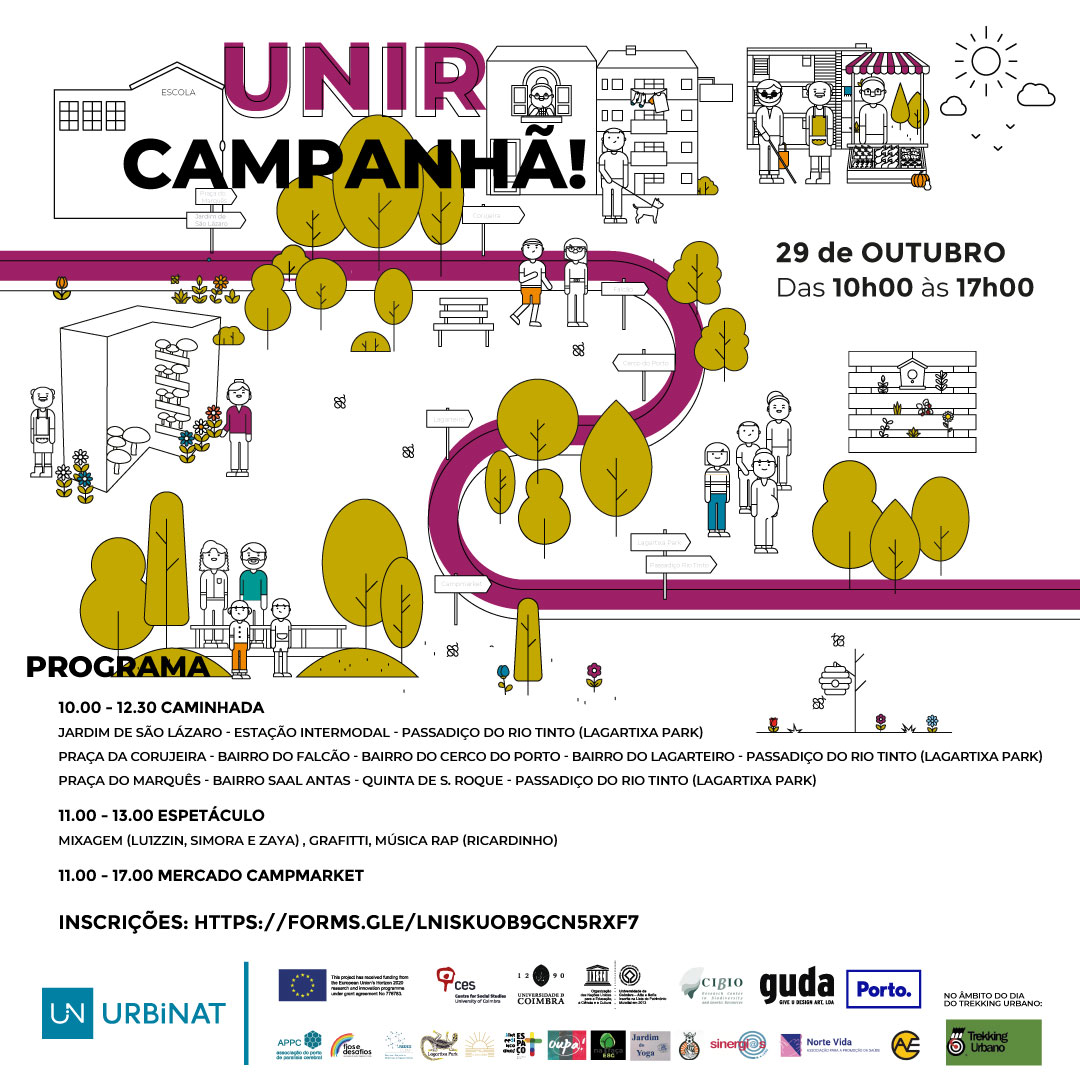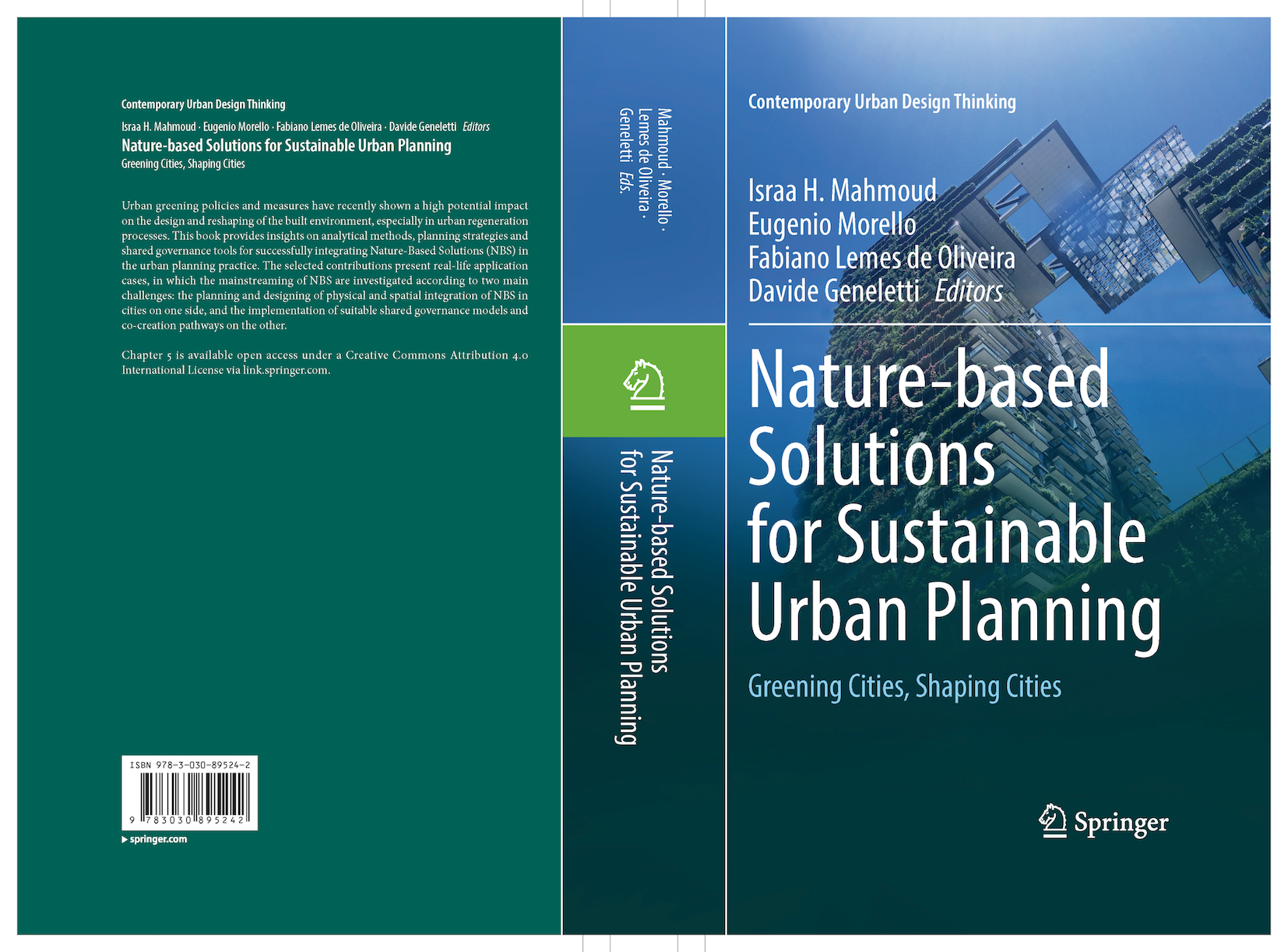CHALLENGES ADDRESSED
Score impact
Nature
Wellbeing
Health
Mobility
Participation
Economy
DESCRIPTION
Walkthrough is a method of analysis that combines observation in situ with an interview simultaneously. It creates an accepting environment that puts a small number of participants at ease allowing then to thoughtfully answer questions in their own words and add meaning to their answers. It also identifies the negative and positive aspects of the analyzed environments.
It allows identifying the perception of the residents in the place where they live. In this technique, they are invited to appropriate the neighbourhood and evaluate the territory, its inadequacies, surplus or missing furniture, barriers and potentialities, among other important elements.
Walkthrough is a participatory method and solution (NBS) that creates awareness while participants walk and discuss what they feel, see and know.
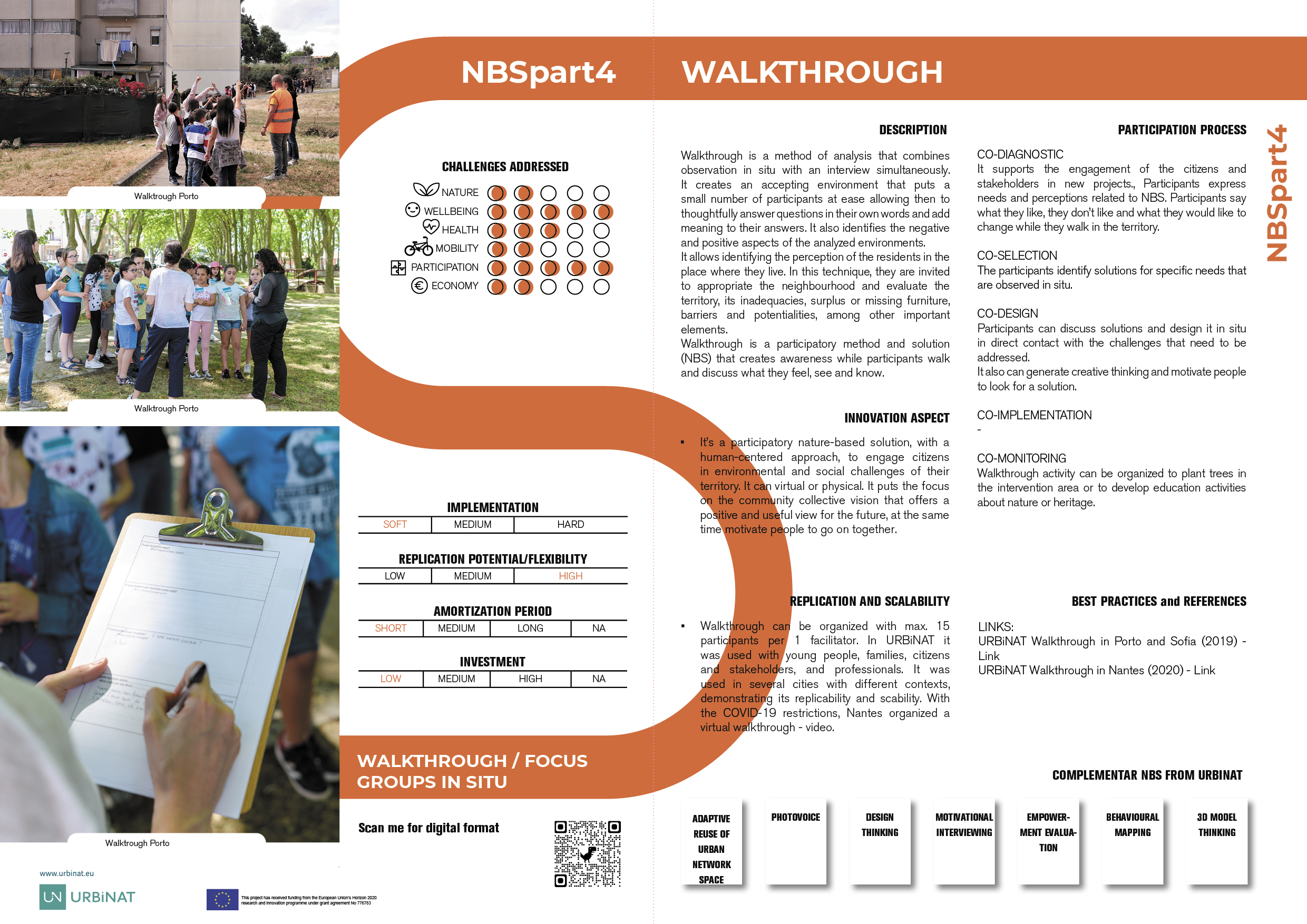
[PDF Download] Walkthrough
Walkthrough is a method of analysis that combines observation in situ with an interview simultaneously. It creates an accepting environment that puts a small number of participants at ease allowing then to thoughtfully answer questions in their own words and add meaning to their answers. It also identifies the negative and positive aspects of the analyzed environments.
It allows identifying the perception of the residents in the place where they live. In this technique, they are invited to appropriate the neighbourhood and evaluate the territory, its inadequacies, surplus or missing furniture, barriers and potentialities, among other important elements.
Walkthrough is a participatory method and solution (NBS) that creates awareness while participants walk and discuss what they feel, see and know.
INNOVATION ASPECT
It’s a participatory nature-based solution, with a human-centered approach, to engage citizens in environmental and social challenges of their territory. It can virtual or physical. It puts the focus on the community collective vision that offers a positive and useful view for the future, at the same time motivate people to go on together.
REPLICATION AND SCALABILITY
Walkthrough can be organized with up to 15 participants per facilitator.
As part of URBiNAT walkthroughs have been organised with young people, families, citizens and stakeholders, and professionals.
Other walkthroughs were organised in several cities with very different contexts, demonstrating its replicability and scability.
With the COVID-19 restrictions, Nantes organized a virtual walkthrough – VIDEO.
PARTICIPATION PROCESS

-
1
CO-DIAGNOSTIC
Supports the engagement of the citizens and stakeholders in new projects., Participants express needs and perceptions related to NBS. Participants say what they like, they don’t like and what they would like to change while they walk in the territory.
-
2
CO-SELECTION
The participants identify solutions for specific needs that are observed in situ.
-
3
CO-DESIGN
Participants can discuss solutions and design it in situ in direct contact with the challenges that need to be addressed. It also can generate creative thinking and motivate people to look for a solution.
-
4
CO-MONITORING
Walkthrough activity can be organized to plant trees in the intervention area or to develop education activities about nature or heritage.
Best Practices and References
LINKS:
URBiNAT Walkthrough in Porto and Sofia (2019) Link
URBiNAT Walkthrough in Nantes (2020) Link



